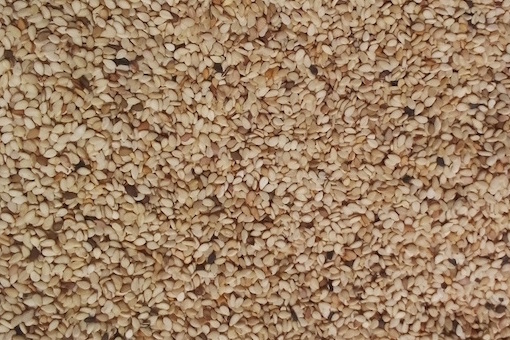Middlemen act as traders in offering their customers an assortment of products acquired from various sources. The middleman has an important function in the economy of the gap bridging activities in the market network. Historically, the middleman is an exporter, wholesaler, importer, retailer, ship owner, banker, insurer or a combination of all these functions.
A middleman plays the role of an intermediary in a distribution or transaction chain who facilitates interaction between the involved parties, in this case the farmers and the consumers, he is specialized in performing crucial activities involved in the purchase and sales of farm products in their flow from the producers (farmers or firms) to the ultimate buyers. He typically do not produce anything but possess extensive knowledge of the market thereby charging a commission of fee for his services.
His functions range from providing valuable information and feedback to producers about consumer behaviour, enable farmers to concentrate on the primary function of production by handling the ancillary functions of warehousing, distribution , marketing etc. he makes the farm froduce available to the consumers at the right place, time and quantity.
Despite these merits, middlemen have known to increase the prices for consumers and reduces selling prices for producers thereby lowering the farmers’ profit margin. Most times they engage in temporary arbitrage, leading to the increase in food prices the more.





